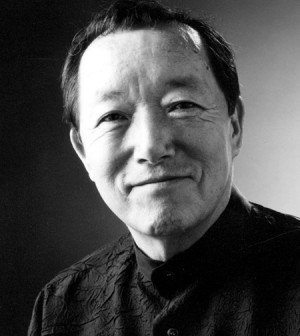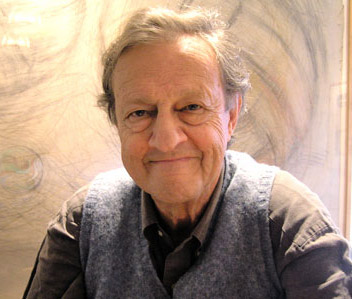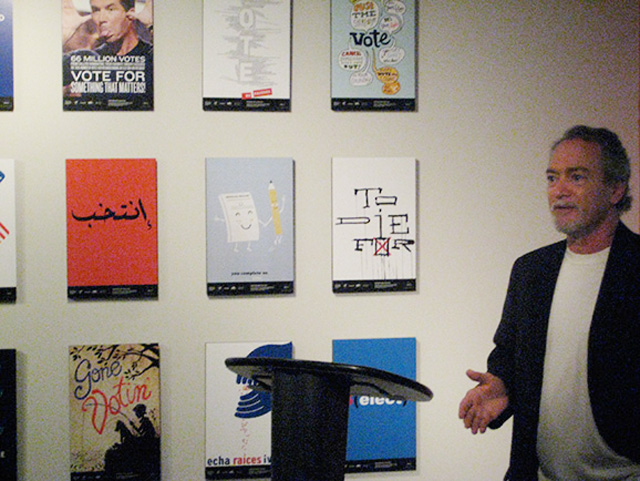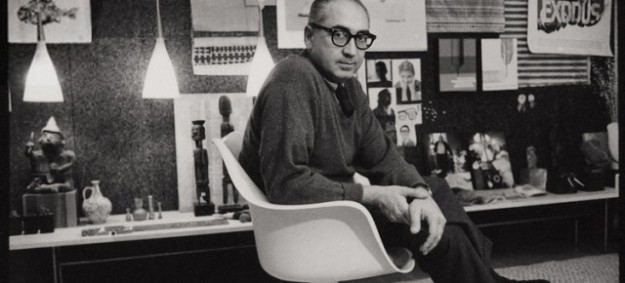Michael Wolff was born in 1933, of Russian parents who had emigrated from St Petersburg. His mother was a vivacious, free-spirited woman and was a big influence on him. With her and his father, a salesman, he lived in London’s Belsize Park.
History of Michael Wolff
When the war started Wolff, was evacuated to the countryside to Torcross in Devon and taken there by his father by car. Here he was left, aged five, to attend boarding school far from the sound of the London blitz, and conversely with London. He remained there for three years, only seeing his parents during the holidays. He recalls never returning to the same home twice as his parents were constantly on the move and were unhappy divorcing whilst Wolff was very young. Wolff was a sensitive child with a natural affinity with animals, which many years later would become an inspiration in his professional life.
At the common entrance exam he was unable to understand the questions. He was put through a crammer and scraped into Gresham Public School. His whole education he felt repressed and bored and did not feel he learned anything.
At 17 years old he spent a year in France. While there, he became passionate about church architecture. This interest led him to apply to the Architectural Association School in London. The work was extremely hard.
Eventually, he got thrown out of the AA, drifted for a while, spending time at the London Film Theatre, watching French films. At the suggestion of an AA tutor, he applied to Hammersmith School of Art. Here he dabbled a bit in fashion design and interiors until being called up for service.
The experience was a nightmare for Wolff.. He put all of his efforts into the aesthetics of the army where he would make a special point of having the most immaculate uniform, but he loathed the outrageous discipline. He resisted and rebelled, and was confined to barracks on many occasions. He was eventually discharged for being an unsuitable character for the army.
Approaching 22 with no qualifications other than a little design knowledge, he found a job at Olympia working on exhibition stands. This was the beginning of a string of short-lived jobs, designing anything from nightclubs to light fittings. This latter pursuit got him involved in overseeing the manufacturing process and for the first time exposed him to the process of taking an idea and converting it into reality.
His first long-term job was with the design department of Crawfords Advertising. Wolff was employed as a designer, under Jack Foxell who was to become his mentor. He stayed at Crawfords for three years. From there he moved to the BBC as a set designer, but became quickly disillusioned, being more excited at the work of the television graphics department. In 1962 he freelanced for a while.
In 1964 he joined forces with James Main, a designer looking to expand his consultancy, who noticed Wolff’s work. It was here that Wolff was able to develop his philosophy of an inclusive form of design, thinking carefully about the journey through various parts of a company and being sensitive to the varying quality of that experience. This became the cornerstone of Wolff’s approach. A little later Wally Olins joined the company. On meeting him Wolff recalls thinking that here was a proper grown up, brimming with qualities and experience. Wolff Olins was born. The rest as they say is history.
Under Wolff’s creative leadership and Olins’ business acumen, Wolff Olins in 1964 became the foremost European company in ‘corporate identity’ and one of the most effective branding companies in the world. Among their clients were Audi, Apple Records, the London Borough of Camden (the first in local government to use professional graphic designers), the City of Paris, P&O, Renault, 3i, Pilkington and Volkswagen.
He left Wolff Olins in 1983 to lead the Addison design company. Clients there included London Underground, Ave – the high speed train in Spain, The Barcelona Olympic Games, the ‘greening’ of BP, Jaguar and Shell.
During the 80?s and 90?s, Wolff collaborated with various design groups, such as Newell & Sorrell on the controversial British Airways identity. He was consultant to British Gas, helping to transform it into Centrica and BG. He created the Labour Party‘s rose identity with Neil Kinnock and Philip Gould and worked with Citigroup to create the Citi brand.
He now runs Michael Wolff & Company in London, England. Most recent clients are 3i, Mothercare , Ministry of Sound and Carphone Warehouse in the UK and Citibank and Citigroup in the US.



